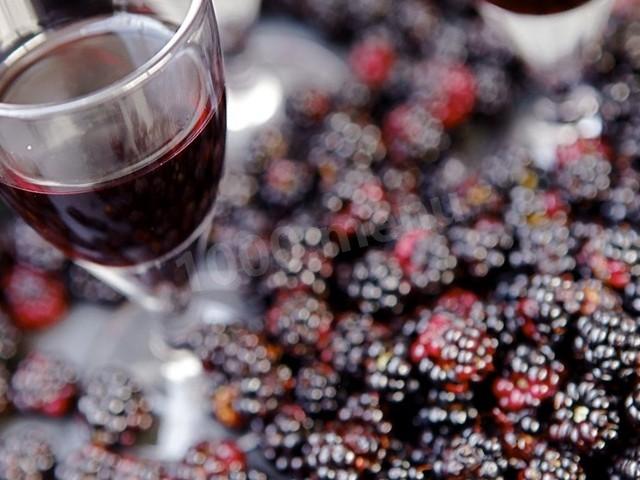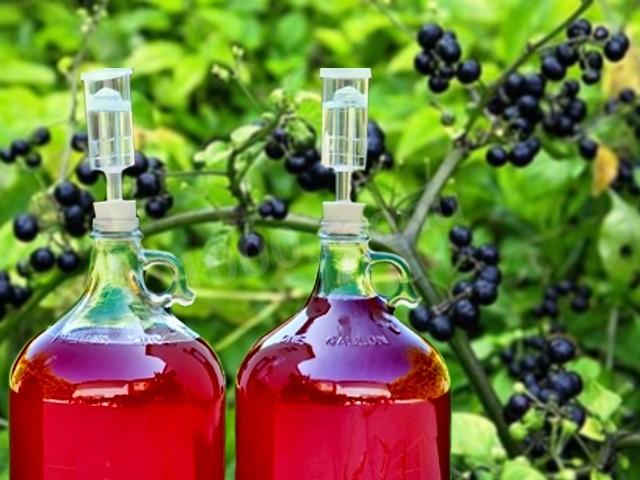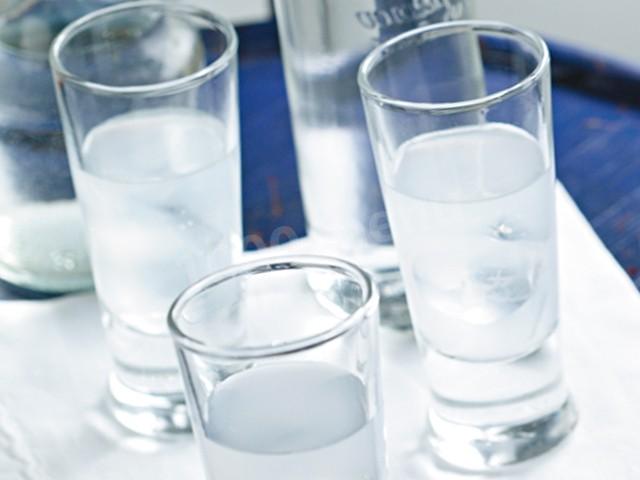Homemade melon wine
Composition / ingredients
60
Servings:
Cooking method
For the preparation of homemade melon wine, only the sweetest and most fragrant fruits are used, because otherwise, you will get a bland, unfit for consumption drink.
It is impossible to save the taste of melon wine by adding sugar.
Sweet fortified wines are most often obtained from melons. It is not recommended to cook table wines from melon – the taste is too specific.
Melon fruits are thoroughly washed, the peel is cut off, the seeds are removed.
If these parts are not removed, the taste of the wine will be very sharp and unpleasant.
Melons are cut into pieces and crushed. I advise you to use a blender for grinding.
The resulting juice is placed in a glass bottle prepared for fermentation. Fill in the sugar, and then add the yeast dissolved in warm water.
In order to encourage the fermentation process, add a little ammonia.
When the fermentation process is completely completed, the wine is filtered, tasted. If necessary, more sugar is added and bottled.
With long-term storage, the taste of wine improves significantly.
By the way, instead of ammonia, you can use a wine starter made from raspberries or strawberries.
When cooking, you should strictly adhere to the recipe.
It is impossible to save the taste of melon wine by adding sugar.
Sweet fortified wines are most often obtained from melons. It is not recommended to cook table wines from melon – the taste is too specific.
Melon fruits are thoroughly washed, the peel is cut off, the seeds are removed.
If these parts are not removed, the taste of the wine will be very sharp and unpleasant.
Melons are cut into pieces and crushed. I advise you to use a blender for grinding.
The resulting juice is placed in a glass bottle prepared for fermentation. Fill in the sugar, and then add the yeast dissolved in warm water.
In order to encourage the fermentation process, add a little ammonia.
When the fermentation process is completely completed, the wine is filtered, tasted. If necessary, more sugar is added and bottled.
With long-term storage, the taste of wine improves significantly.
By the way, instead of ammonia, you can use a wine starter made from raspberries or strawberries.
When cooking, you should strictly adhere to the recipe.
Caloric content of the products possible in the composition of the dish
- Pressed yeast - 109 kcal/100g
- Granulated sugar - 398 kcal/100g
- Sugar - 398 kcal/100g
- Melon juice - 15 kcal/100g







